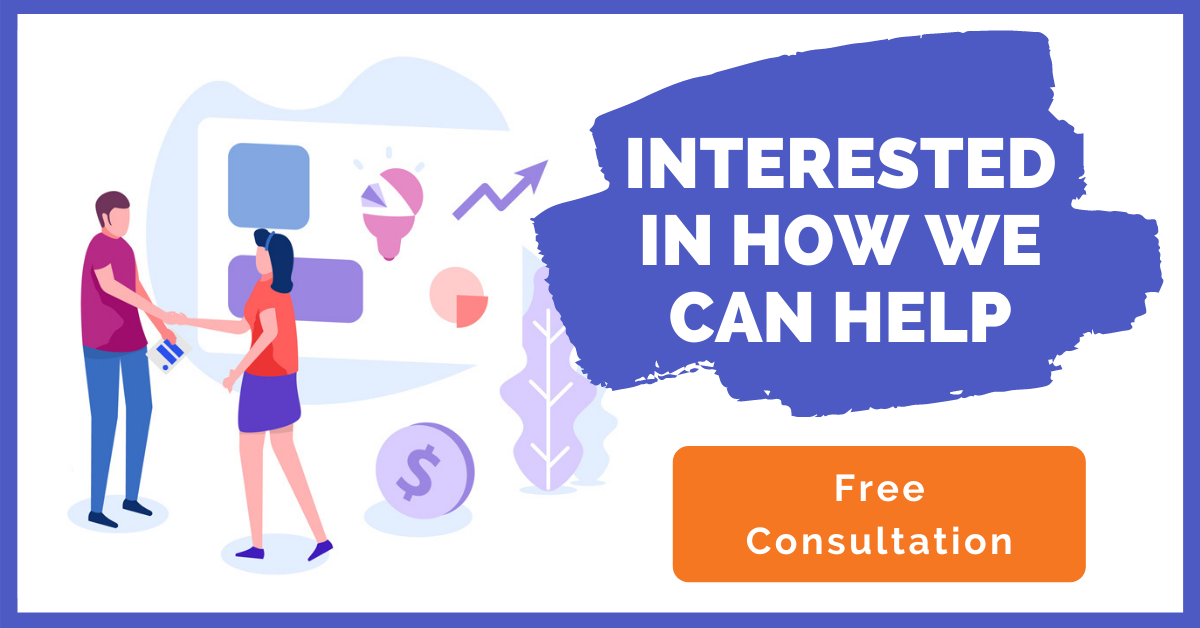How to Create Game-Changing Buyer Personas for Nonprofits

Effectively managing a nonprofit organization isn't easy. The challenges you face are several and unique — everything from navigating government regulations to hiring to recruiting and retaining members. Arguably, however, one of the more daunting challenges is keeping ahead of a continually shifting marketing landscape.
The advent of digital and inbound marketing has created a host of exciting new opportunities for nonprofits, but also a variety of potential pitfalls. How, for example, can nonprofits best target and create effective messaging for their audience? The variety of data available to your organization makes market segmentation especially daunting. How can you create marketing campaigns that resonate with each segment of your market? One way is to focus on buyer personas for your nonprofit.
What Are Buyer Personas?
Buyer personas are like characters in a book. Like those characters, they have identifiable traits, derived from a collection of demographic and behavioral data culled from current customers or members. For example, one buyer persona for a charity might be someone who likes to donate to her favorite causes but has limited means and is cautious about which charities she supports.
What to document?
- What your persona is concerned about
- What your persona is motivated by
The value of using buyer personas is that they incorporate a variety of data the provide insight into the concerns, potential objections and motivation of key market segments. Because they use comprehensive data, buyer personas can help you segment your target market in ways that help you achieve your principal marketing goals.
Are Buyer Personas For Nonprofits The Same As For-Profit Organizations?
As HubSpot points out, the process of creating personas is similar for every business, but because growth goals are different for nonprofit and for-profit organizations, the series of steps involved are slightly different:
"Organizations, no matter the type or size, all have growth goals. In the for-profit world, growth is tied to metrics like subscriber counts, sales over time, revenue per customer, etc. In the nonprofit world, it's all about memberships and donations. Revenue is still an important part of the nonprofit equation—organizations just raise and utilize money in different forms. The process of developing customer personas, as a result, will be similar between nonprofit and for-profit sectors. At the same time, you'll want to pay attention to some important nuances."
How Do You Create Buyer Personas for Nonprofits?
Every nonprofit is different, with different prospects, different challenges and different marketing goals. That said, there are some buyer persona best practice strategies that will work for the lion's share of them, including the following 3:
1. TEST YOUR DATA-BASED ASSUMPTIONS
Collecting quantitative data is a necessary part of the persona creation process. However, it's important to test the findings you derive from those data. For example, one such finding might be a segment of your market who appear willing to give, but not to your type of nonprofit.
Action Items:
- What assumptions do you have about your personas? Write those down
- Work with your marketing team to create a survey with a short list of questions that will provide the most value for you.
- Choose how you will conduct the interviews: Email, phone, or a mixture of both.
To test this assumption, choose several representative members of each persona group. This will alter the outlines of this persona in ways that make your marketing campaign more successful.
2. DO A DATA REALITY CHECK
The data you have is typically limited to people who've already opted into your organization in some fashion, perhaps agreeing to receive email notifications from you. That means they're not necessarily representative of the population at large. This also means your assumptions could be compromised by so-called "selection bias."
To ensure a more objective analysis, you need to benchmark internal data against industry standards. You can do this by comparing your data against trend reports and sources like the Bureau of Labor Statistics and the Census Bureau. Cross-checking data in this way will help you adjust many of the incorrect assumptions, which selection bias enables.
3. IDENTIFY MEMBERS WHO ARE NOT PART OF YOUR PERSONA
It's equally important to understand, based on your qualitative and quantitative analyses, who belongs in each buyer persona group—and who doesn't. These so-called "negative buyer personas" will help you refine your marketing message and ensure you don't' waste scant marketing dollars on recipients with whom your targeted message isn't likely to resonate.
Conclusion
Creating effective buyer personas is one way to improve your nonprofit marketing campaigns, increase membership and boost donations—but it's not the only one. To maximize results, your nonprofit needs a comprehensive and robust digital marketing strategy—and one of the best ways to do that is by partnering with an experienced digital marketing agency.
To learn more about the ways our HubSpot implementation, digital marketing, marketing audit and strategy services can be a game changer for your nonprofit marketing strategy, contact us today.
